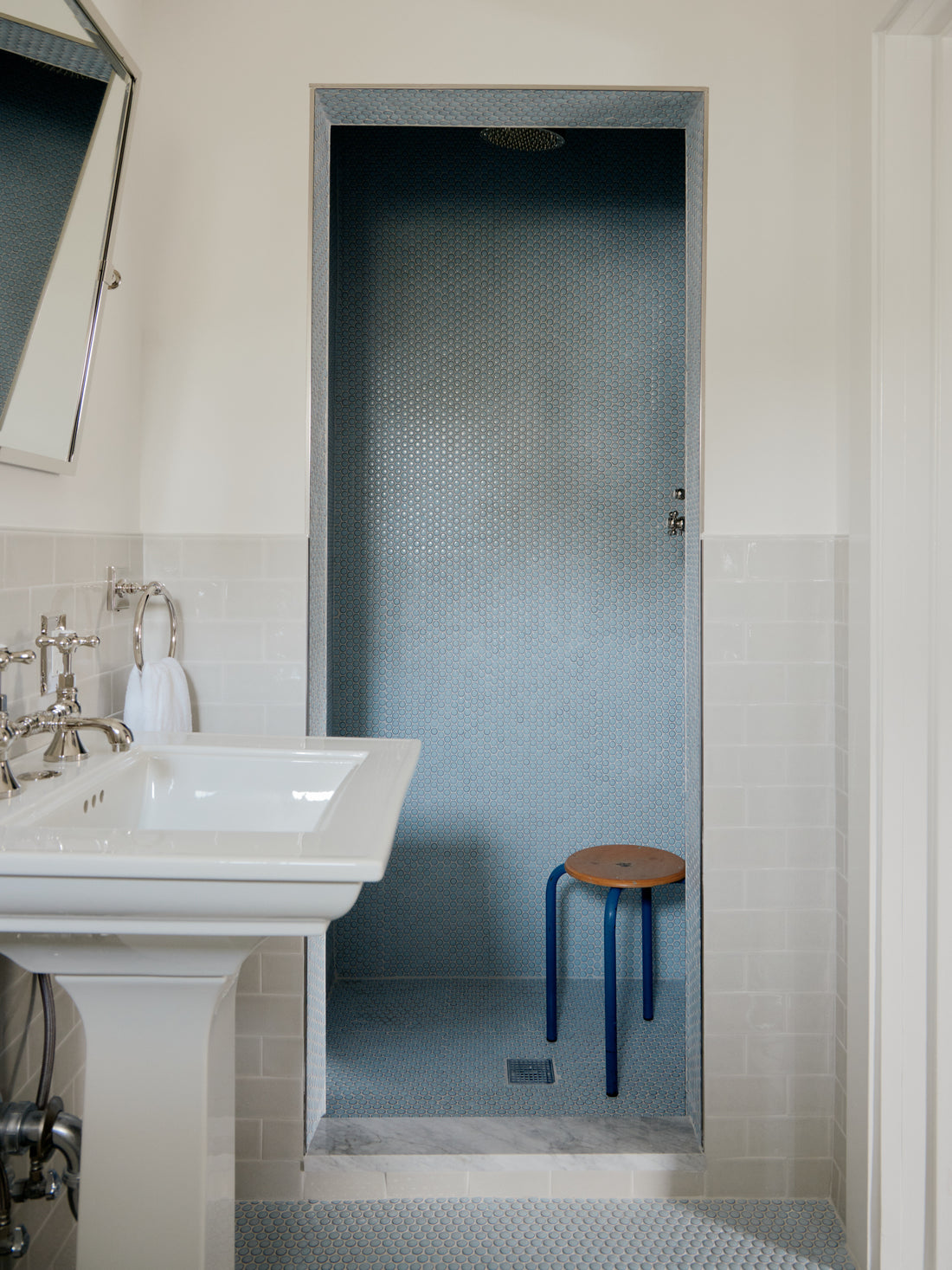
Choosing the Perfect Bathroom Tiles
Introduction
When it comes to designing or renovating your bathroom, one of the most critical decisions you'll make is selecting the right tiles. Bathroom tiles not only serve as the foundation for your bathroom's aesthetics but also play a pivotal role in durability and functionality. In this comprehensive guide, we will explore the art of choosing bathroom tiles, taking into account factors such as material, size, color, pattern, and maintenance. Whether you're a design enthusiast or simply seeking practical advice, this guide will help you navigate the vast world of bathroom tiles and make an informed decision.
Understanding the Basics
Before we delve into the intricate details of selecting bathroom tiles, it's essential to grasp the basics. Bathroom tiles are more than just decorative elements; they serve as protective barriers against moisture, water damage, and wear and tear. They can be applied to floors, walls, or even as accent pieces, making them versatile and essential components of bathroom design.
Types of Bathroom Tiles
-
Ceramic Tiles: These tiles are made from clay fired at high temperatures. They are known for their durability, versatility, and affordability. Ceramic tiles come in various styles, colors, and sizes, making them a popular choice for bathrooms.
-
Porcelain Tiles: Porcelain tiles are a type of ceramic tile, but they are denser and less porous, making them even more water-resistant. They are suitable for both floors and walls and are available in an array of designs.
-
Natural Stone Tiles: Options like marble, granite, travertine, and slate offer a luxurious and timeless look to your bathroom. However, they require more maintenance and can be more expensive than ceramic or porcelain.
-
Glass Tiles: These tiles can add a touch of elegance and color to your bathroom. They are often used as accents, backsplashes, or in shower walls. Glass tiles are non-porous and easy to clean.
Size and Layout
The size and layout of your bathroom tiles can significantly impact the overall look and feel of your space. Here are some key considerations:
-
Tile Size: Larger tiles can make a small bathroom appear more spacious, as there are fewer grout lines breaking up the visual space. Conversely, smaller tiles can create intricate patterns and are often used in mosaic designs.
-
Tile Shape: Tiles come in various shapes, such as squares, rectangles, hexagons, and even unique custom shapes. Consider the shape of your tiles in relation to the overall design concept of your bathroom.
-
Grout Lines: Grout lines play a functional role in sealing the tiles and preventing moisture infiltration. The color of the grout can also affect the overall appearance of your tiles. Dark grout can create a striking contrast, while lighter grout can blend in for a seamless look.
Material Matters
The choice of tile material is crucial, as it determines the tile's appearance, durability, and maintenance requirements.
-
Durability: Consider the durability of the tile material, especially in a high-moisture environment like a bathroom. Porcelain and ceramic tiles are popular choices due to their resistance to water and wear.
-
Maintenance: Different materials require varying levels of maintenance. Natural stone tiles may need periodic sealing, while glass tiles are easy to clean but can show water spots.
-
Slip Resistance: For bathroom floors, it's essential to choose tiles with slip-resistant surfaces to prevent accidents, especially in wet conditions.
Color and Pattern
The color and pattern of your bathroom tiles can dramatically impact the overall ambiance of the space. Here are some tips:
-
Light vs. Dark: Light-colored tiles can make a small bathroom feel more open and airy, while dark tiles can add a sense of depth and coziness. Consider your personal preferences and the size of your bathroom.
-
Patterns: Tiles can be used to create various patterns, from classic subway layouts to intricate mosaics. Patterns can be used to draw attention to specific areas, such as an accent wall or a shower niche.
-
Accent Tiles: Consider incorporating accent tiles to add a pop of color or pattern. These can be used as a border, a feature wall, or even as decorative elements within the main tile design.
-
Color Coordination: Ensure that your tile colors coordinate with other elements in the bathroom, such as the vanity, fixtures, and accessories. A cohesive color scheme can create a harmonious look.
Functionality and Location
The functionality of your bathroom tiles goes beyond aesthetics. Consider the following:
-
Floor Tiles: Bathroom floor tiles should be slip-resistant, especially in areas prone to moisture. Porcelain or ceramic tiles with textured surfaces are excellent choices.
-
Wall Tiles: While aesthetics play a significant role in choosing wall tiles, they should also be water-resistant. Consider tile options specifically designed for walls.
-
Shower Tiles: For shower walls, it's essential to select tiles that can withstand constant exposure to water. Porcelain, ceramic, and glass tiles are commonly used in showers.
-
Backsplash Tiles: If you have a vanity with a backsplash, choose tiles that are easy to clean and resistant to water and stains.
Maintenance and Cleaning
Consider the ease of maintenance and cleaning when selecting bathroom tiles:
-
Grout Sealing: Depending on the type of grout used, you may need to seal it periodically to prevent moisture penetration and staining.
-
Tile Material: Some materials, like natural stone, may require more frequent sealing and special cleaning products. Ceramic and porcelain tiles are generally easier to maintain.
-
Cleaning Products: Choose cleaning products that are safe for your specific tile material. Avoid abrasive cleaners that can scratch the tiles.
Conclusion
Choosing the perfect bathroom tiles is a multifaceted decision that combines aesthetics, functionality, and practicality. By considering factors such as material, size, color, pattern, and maintenance, you can create a bathroom that not only looks stunning but also stands the test of time. Remember that your bathroom is a place of both relaxation and functionality, so invest the time and thought into selecting tiles that will make it a space you truly enjoy. Whether you opt for classic ceramic, sleek porcelain, luxurious natural stone, or vibrant glass, your choice of tiles will set the tone for your bathroom's style and comfort.
